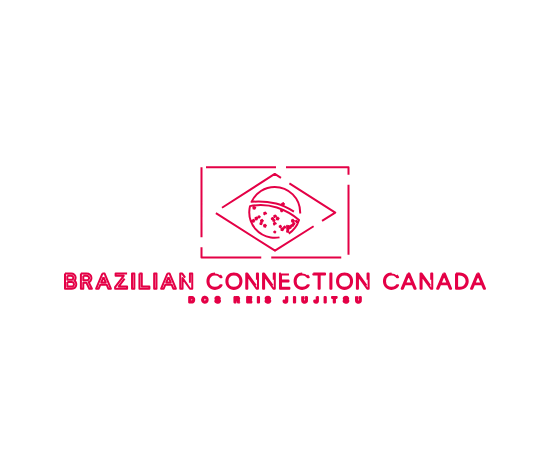Tracking Progress: Unlocking the Mystery of Brazilian Jiujitsu Improvement
- meagandosreis
- Oct 28, 2024
- 4 min read
Updated: Dec 1, 2024
Brazilian Jiu-Jitsu (BJJ) is more than just a sport; it’s an ongoing adventure filled with challenges and achievements. For many practitioners, tracking progress in this art can feel overwhelming, like finding your way through a dense forest. Mastering techniques, building mental strength, and enhancing physical fitness all play important roles in a BJJ student's journey. In this post, we will look at how to effectively track your progress in BJJ, set realistic goals, and the vital role of keeping a training journal.
The Importance of Progress Tracking
Tracking progress in BJJ is essential for several reasons. Firstly, it allows practitioners to pinpoint their strengths and weaknesses. For example, if a student realizes they struggle with escaping side control, they can prioritize drills and techniques that address this specific area. A recent survey found that 70% of students who actively track their training notice faster improvement compared to those who do not.
Moreover, monitoring progress keeps motivation high. BJJ can often present plateaus, making it tough to stay encouraged. Reflecting on progress, even if it seems small, can inspire continued effort. When practitioners review their learning over six months, they sometimes find they have improved in areas they once felt stuck in.
Setting Goals
Setting clear and structured goals is essential for effective BJJ training. Goals should be Specific, Measurable, Achievable, Relevant, and Time-bound (SMART). Instead of saying, "I want to be better at BJJ," be precise: "I aim to master the triangle choke within three months." This clarity fuels your training focus.
Short-term vs. Long-term Goals
Short-term goals might include perfecting a specific guard position or refining rolling techniques during the next few classes. A long-term goal could be achieving a new belt rank or preparing for a local competition. Balancing these two types of goals helps practitioners maintain direction and motivation throughout their journey.
The Training Journal: A Powerful Tool
One of the most effective ways to track your progress is by keeping a training journal. This simple tool becomes invaluable for students at any level. Here’s how to maximize its benefits:
What to Include
Techniques Practiced: Write down the techniques you learn in each class, noting any corrections or nuances.
Personal Reflections: Capture your thoughts on what worked, what didn't, and your emotional state during training. This aids in understanding personal growth.
Goals Progress: Regularly review your short-term and long-term goals. How close are you to reaching them?
Rolling Sessions: After sparring, reflect on the partners you rolled with and what you learned. Did you notice any patterns in your performance?
Your training journal does more than keep a record; it reveals insights into your evolving skills and mindset.

Video Analysis
Another effective technique for tracking progress is video analysis. Recording sparring sessions or technique drills gives you a visual reference for review. Here’s how to get the most out of this tool:
Reviewing Sessions
Identify Mistakes: Watching your rolls allows you to spot habits that need correction, helping you refine techniques.
Compare Progress: After a few months, review older videos to witness your improvements. Data suggests that practitioners who utilize video feedback see a 30% increase in technique retention.
Seek Feedback: Share your recordings with coaches or teammates and invite constructive criticism. This external perspective can accelerate your learning.
Sparring Insights
Sparring is one of the most effective ways to apply the skills learned in class and gauge progress in real-time. After each sparring session, take a moment to reflect on these key aspects:
Positional Awareness
Evaluate your performance in various positions. Were there specific techniques you struggled to execute? Recognizing these challenges will guide your focus in upcoming training sessions.
Reaction to Pressure
Consider how well you responded to pressure during sparring. Did you keep calm, or did you feel overwhelmed? Understanding your mental state enhances your growth and prepares you for future matches.
Coach's Feedback
Your coach is a crucial resource for tracking progress. Regular feedback, whether through casual discussions or structured reviews, provides insights that self-assessment may overlook.
Build a Relationship
Make a habit of discussing your goals and progress with your coach. Their insights into your technical growth and areas for improvement can be invaluable in guiding your training path.
Community Involvement
The social aspect of BJJ is a powerful tool for tracking progress. Training with a diverse range of partners exposes you to different styles and techniques, enhancing your learning experience.
Compete
Consider entering competitions or informal sparring events. Competing can be a concrete measure of progress, allowing you to see how your skills stack up against others while applying your techniques under pressure.
Celebrate Milestones
Remember to celebrate your achievements. Whether earning a belt promotion, mastering a technique, or having a great roll, recognizing these milestones builds a supportive atmosphere and motivates you to keep pushing forward.
Embracing the Journey
Tracking progress in Brazilian Jiu-Jitsu is crucial for personal growth and continuous improvement. By setting realistic goals, maintaining a training journal, utilizing video analysis, and seeking feedback from coaches and peers, practitioners can effectively navigate this complex martial art.
As you continue on your BJJ journey, remember that growth often comes in small steps. Take time to appreciate each victory, work diligently on identified weaknesses, and commit to lifelong learning. Embrace the art and community, and enjoy the challenges that make Brazilian Jiu-Jitsu a fulfilling path.









Comments